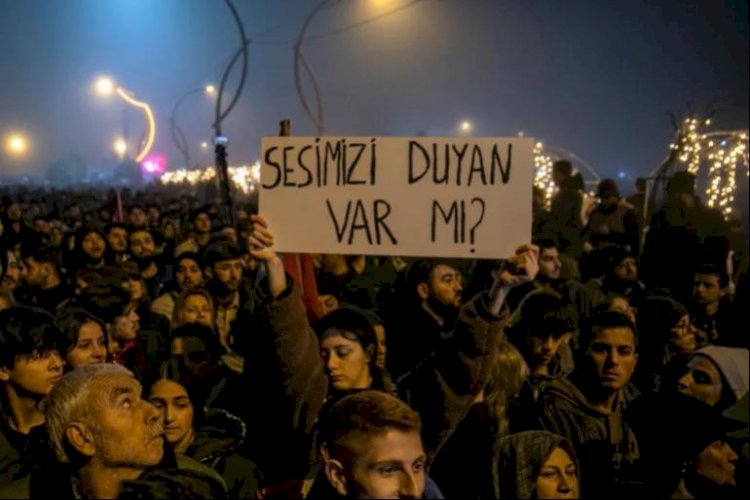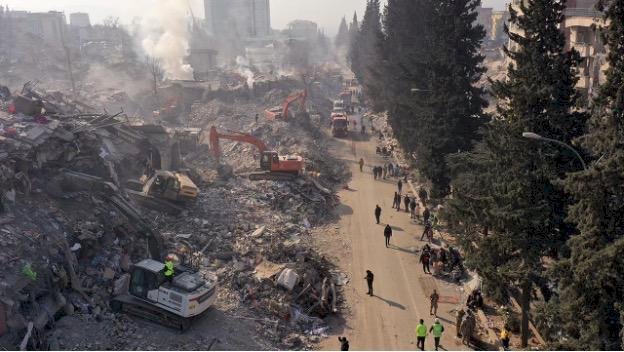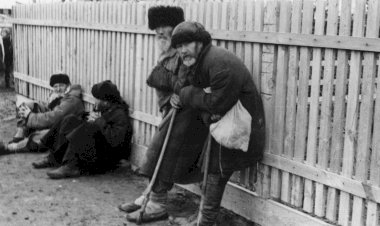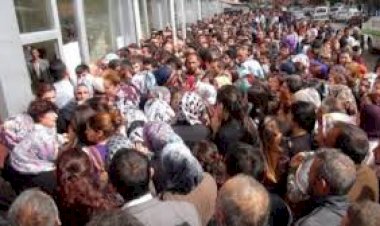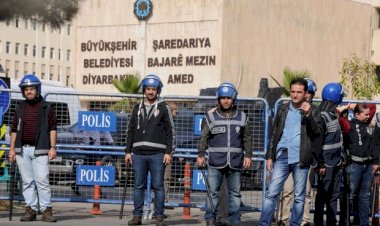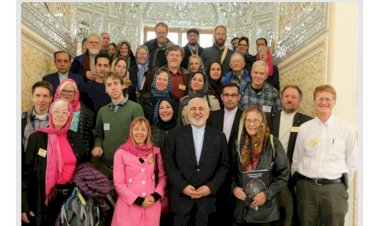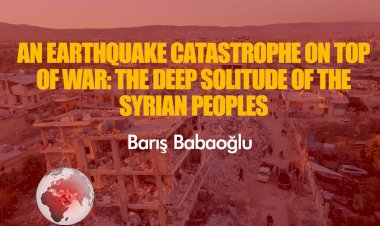The Second Anniversary of the Deathly Earthquake in Turkey
Two years ago, at 4:17 a.m., a magnitude-7.8 earthquake struck near Pazarcık in south-eastern Turkey, the most powerful earthquake recorded since 1949. It was followed by a magnitude-7.5 event about 9 hours later, which claimed 50,783 (with official data) lives. There are still thousands of unidentified graves, missing bodies, and missing children. Of course, the real data of the casualties and the missing ones are high above the official figures.
The two great shakes rattled 11 provinces of Turkey and the northern part of Syria. Bridges collapsed, roads and airport tarmacs cracked, over 38,000 buildings were destroyed, and over 200,000 were severely damaged. The two earthquakes were felt as far away as Syria, Cyprus, Greece, Jordan, Lebanon, Iraq, Georgia, Armenia, Egypt, and Palestine.
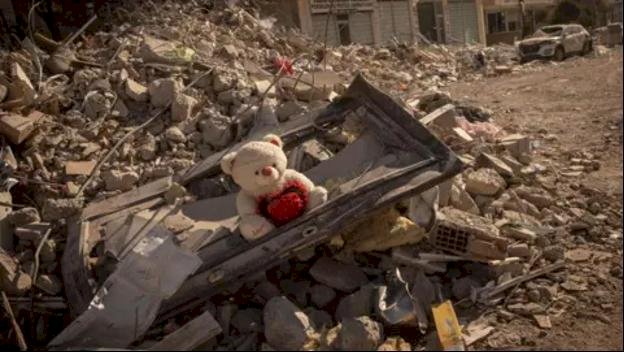
Under the devastating rubble, thousands of lives were waiting for help, yet the government help – AFAD (Disaster and Emergency Management Authority) – did not appear for three days. Those who saved themselves attempted to reach out to their loved ones with their bare hands, trying to clear the pile of huge rubble of the buildings. These buildings were approved by the authorities to be built despite being mostly reported as unsafe. Unions, socialist parties, and volunteers flew to the region to save the lives of the people who did not even have food or water for 3 days because of the corrupt and collapsed system. Tens of thousands of people waited alive under the rubble for days to be rescued, many of whom froze to death in the freezing cold. The deathliest disaster in modern Turkey hit the country so badly that some cities and towns were erased from the map.
Two years have passed, and at least 650,000 people are still living in container settlements, struggling with inadequate sanitation, limited healthcare, and an uncertain future. The government still does not have any proper program for the reconstruction of the cities. Worse still, the widespread destruction of cities has become a great opportunity for landlords to raise rents in other cities.
Although President Recep Tayyip Erdoğan pledged to build 650,000 homes after the disaster, only 30% of the pledged reconstruction has been completed. And the housing completion rate in Hatay, one of the worst-hit provinces, was only 18%, it is reported.
When it comes to the reckoning in the judicial process, there is very little hope for justice. The widespread devastation has been attributed to substandard construction and the lack of enforcement of building codes, even in Turkey's earthquake-prone regions. So far, courts have completed 75 trials, leading to the imprisonment of 130. However, many defendants have been either acquitted or received reduced sentences for displaying "good behavior", sparking concerns over accountability in what stands as Turkey’s most devastating disaster. The survivors have been searching for justice for two years now, for lost children they couldn't bury, unfulfilled promises, and untried criminals.
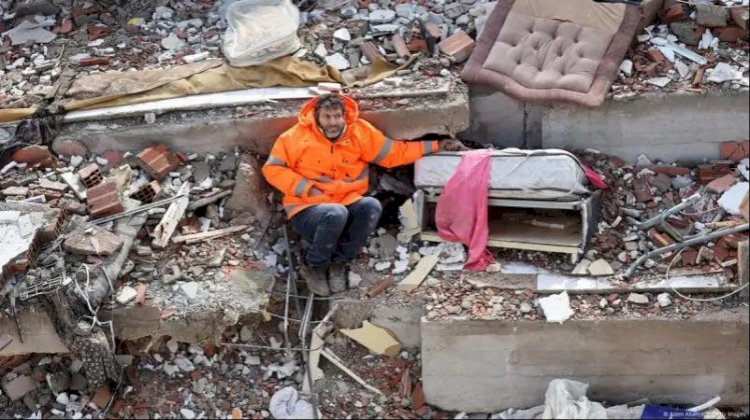
The Disaster at the Door
Turkey has painfully seen how deadly the capitalist system can be for humanity. People were completely abandoned to death and misery. The state did nothing for days when it should have been on duty the most. The system that has been governed by Erdoğan for 23 years in Turkey has relied on the profit of the construction sector for decades. No rules or scientific warnings were taken into account to turn money and profit relations into votes and support. Illegal buildings were granted zoning amnesties and millions of unsuitable buildings were given title deeds. Institutions established for earthquakes and emergencies were completely corrupted.
Turkey is located in a region with active seismic activity. Earthquakes around 7 will likely occur in the Marmara and Aegean seas and their surroundings. In particular, the earthquake expected to hit Istanbul, which has a population of nearly 20 million, is expected to collapse hundreds of thousands of buildings even according to official figures. This means that millions of people will die and tens of millions will be affected by the earthquake.
